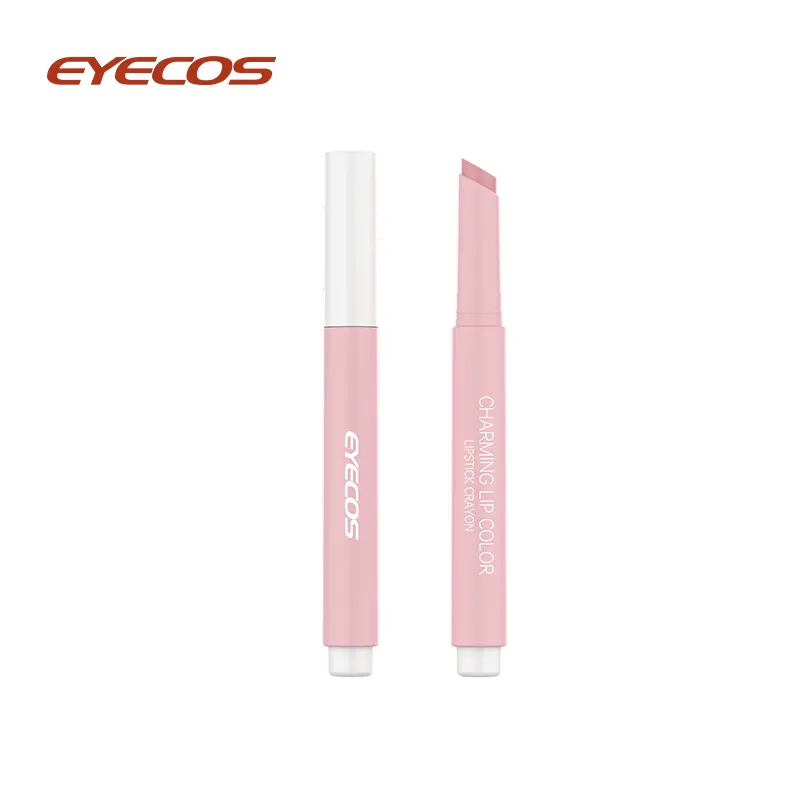The development history of lipstick
2023-12-22
The history of lipstick dates back thousands of years and has evolved significantly over time. Here is a brief overview of the development history of lipstick:
1. Ancient Civilizations: The use of lip colorants can be traced back to ancient civilizations. Egyptians around 5,000 years ago were known to use crushed gemstones and dyes to color their lips. Cleopatra, for instance, used red lipstick made from crushed carmine beetles mixed with ant eggs to achieve a deep red color.
2. Ancient Greece and Rome: Both ancient Greeks and Romans used lip colorants, often made from natural ingredients like red ochre, iron oxide, plant-based dyes, or mulberries. Women used these to enhance their lips' appearance.

3. Medieval and Renaissance Eras: In the Middle Ages and Renaissance periods, lipstick fell out of favor in Western Europe due to associations with prostitution and sin. However, some women still used lip colorants made from natural pigments.
4. 18th and 19th Centuries: Lip coloring regained popularity during the 18th and 19th centuries. In Europe, the upper classes used lip color made from natural ingredients like beeswax and red stains from plants or insects. These lip colors were often applied from small pots or tubes made of paper.
5. 20th Century: The modern lipstick, as we recognize it today, began to emerge in the early 20th century. Maurice Levy invented the first metal lipstick container in 1915. In 1921, the first swivel-up lipstick tube was introduced by James Bruce Mason Jr. for the French cosmetic company Guerlain.
6. Technological Advancements: With advancements in technology and chemistry, the formulation of lipsticks improved. Ingredients like castor oil, beeswax, and dyes became standard. Additionally, the availability of a wider range of colors and shades expanded, catering to diverse consumer preferences.
7. Regulation and Safety: In the mid-20th century, regulations were implemented to ensure the safety and quality of cosmetics, including lipsticks. This led to better standardization of ingredients and manufacturing processes.
8. Contemporary Trends: In recent decades, lipstick has remained a staple cosmetic product, with the industry continuously innovating to introduce new formulations, textures, finishes, and long-lasting formulas. Moreover, the expansion of the cosmetics industry and the advent of social media have contributed to diverse trends and influences on lipstick preferences worldwide.
Today, lipstick remains a widely used cosmetic product, available in various formulations, colors, textures, and finishes, catering to individual preferences and fashion trends across different cultures and societies.


